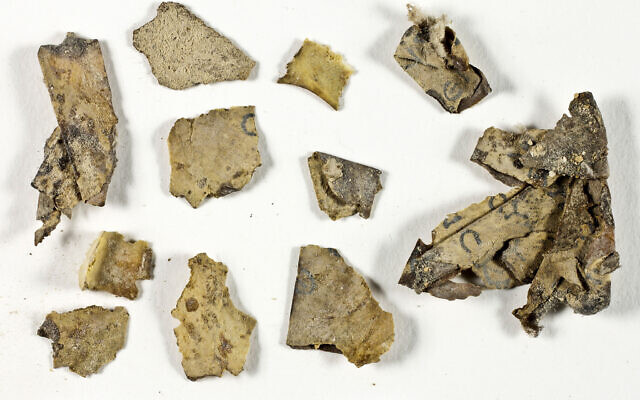Archaeologists working in Egypt’s Western Desert have discovered a monastery complex dating to the 4th to 8th centuries.
“Twenty-two royal Egyptian mummies are set to be transferred to the National Museum of Egyptian Civilisation (NMEC) in a much-awaited parade in the streets of Cairo on 3 April.”
King Tut’s war shield has been restored so that it may be displayed to the public for the first time.
A small bronze bull was discovered after a rainfall near the temple of Zeus in Olympia.
Dimitris Tsalkanis describes his goals in creating “Ancient Athens 3D,” a collection of hundreds of digital models from seven historical periods from 1200 BC to AD 1833.
Some people are not happy with the proposal to loosen governmental control over five major museums in Greece.
There are a number of similarities between the chariot recently discovered chariot near Pompeii and five chariots discovered in Greece in 2002.
A beautiful, long-lost mosaic that once adorned a ship belonging to Caligula has found its way into an Italian museum.
A collection of 24 studies by Cyrus H. Gordon, published in a variety of books and journals between 1933 and 1982, have been compiled in pdf format by Robert Bedrosian.
In response to Peter J. Parr, Aren Maeir explains why preliminary reports and prompt publication of excavation results are essential.
HT: Agade, Arne Halbakken, Ted Weis, Alexander Schick, Explorator, Steven Anderson
